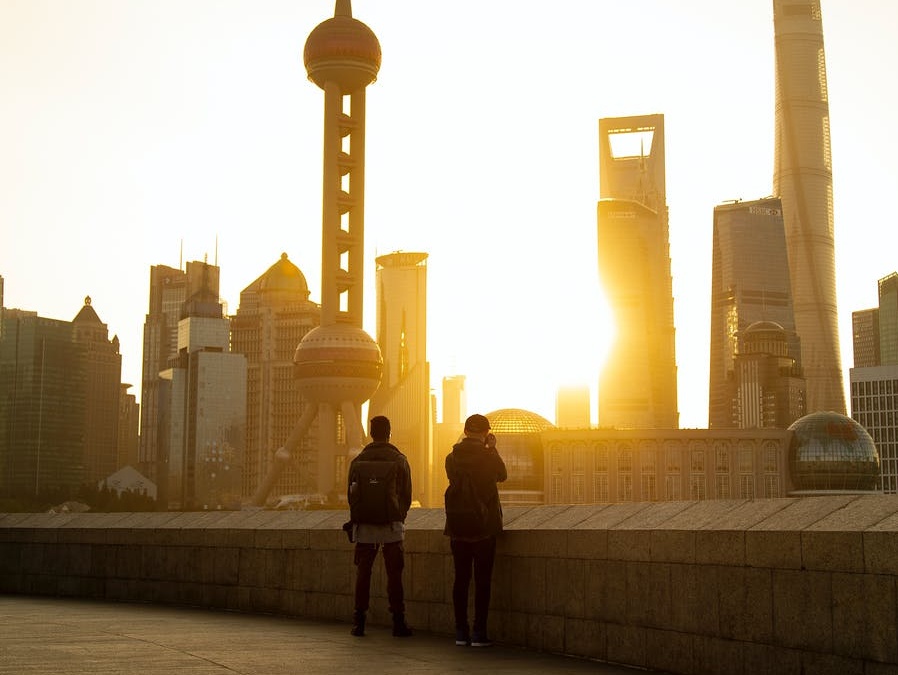The Chinese market is one of the largest on the planet and with brutal potential. We must take them into account if we are to develop a successful internationalization strategy.
WHAT ARE CHINA’S MAIN ATTRACTIONS AND FEATURES?
The People’s Republic of China is the second largest economy in the world. The largest on the Asian continent. It is also the most populous country on the planet, with more than 1.37 billion inhabitants today, about 19% of the world’s population.
In terms of extension, it is the third country in size, with more than 6% of the planet’s surface.
China encompasses much of East Asia and has the world’s largest land border, stretching across Vietnam,Laos, Burma,India, Bhutan, Nepal, Pakistan, Afghanistan, Tajikistan, Kyrgyzstan, Kazakhstan, Russia, Mongolia and North Korea. It also shares a maritime border with South Korea, Japan, Vietnam and the Philippines.
Great tips on the Chinese market.
It is an extensive and heterogeneous country, with a great cultural and ethnic diversity, although
the Han ethnic group makes up more than 90% of the population. While there are many languages and dialects,
Mandarin Chinese is the official administrative language, in addition to the most spoken. In southern China, the use of Cantonese dialects, min, hakka and xiang is widespread.
China’s population is concentrated in less than a third of the country, in the east and southeast,
and especially in coastal areas. The southern China region, represented by
Guangdong,Fujian, Hunan, Guangxi,Guizhou and Hainan provinces, has a population of more than 350 million people, about 26% of the country’s total. Economically, these seven provinces account formore than
25% of China’s gross domestic product.
China is the world centre for the manufacture of all types of products and the undisputed largest industrial and exporting power
of goods worldwide, as well as the second largest importer of goods.
Since the beginning of the opening of the economic system in 1978, the country has been growing at an average rate
of around 10% per annum; today, its greatest
appeal lies no longer in low-cost production, but in its vast and growing domestic market.
AND WHAT ARE THE MAIN BARRIERS?
Since China’s access to the WTO in 2001, tariff barriers, import quotas or closed sectors to investment have been progressively relaxing. However, a number of non-tariff barriers, such as sanitary and
phytosanitary barriers orcertification requirements, continue to exist at the 5 Economic and Commercial Office of the Embassy of Spain in
Guangzhou today.
China shows an average facility for doing business, although certain aspects, such as managing building permits, opening a business, or paying taxes, are slightly more problematic. Other difficulties cited by foreign companies operating in the country include the lack of effectiveness of intellectual property regulations or restrictions on foreign investment in certain sectors.
However, it should be noted that China has made an important effort to achieve greater transparency and facilitate business red tape and that these difficulties have been progressively diminishing over the past few decades.
Existing barriers are overcome if you have the right market knowledge and advice. The great barrier facing Spanish companies is the disrecognisement of the real opportunities they might have access to.
It is therefore essential that they examine the possibilities of the Chinese market and seek the necessary advice to exploit its potential. In this sense, it may be advisable to start operating in
cities that have greater facilities to do business: according to the DoingBusiness ranking, the cities best valued in this regard
are Hangzhou, Nanjing and Guangzhou
(Guangzhou).

